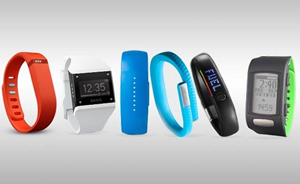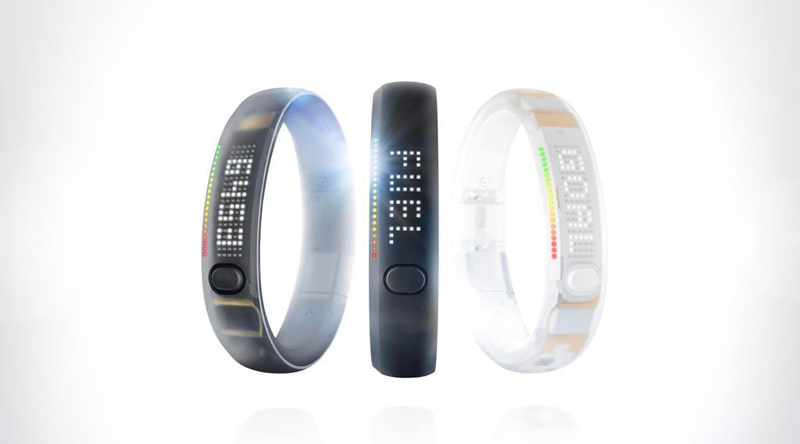Fitness Trackers and Devices
I purchased a Nike Fuel Band when they were first released and fell in love with the look of wearing a bracelet that told me the time. Not being much of a watch wearer it proved very handy. But obviously this is not why we buy these devices. We are more interested in what else they tell us but is that information accurate?
THE QUESTION:
Can I really rely on what my fitness tracker is telling me?
THE ANSWER:
It depends what, exactly, you’re tracking and which brand you’re wearing.
Why? These fitness devices track everything—from calories burned to steps taken—with their built-in accelerometers. And as the name suggests, they only detect acceleration (changes in motion), not exertion. They don’t have any idea if your arm is wielding a candy bar or a 50-pound dumbbell. Ever notice that your Pilates workout doesn’t even register. I could have burned up to 800 calories and my Fuel Band doesn’t seem to care. That’s why, as you may or may not have noticed, your tracker gives you little to no credit for some of your workouts. A lot of strength training exercises (including Pilates) all read like you’re just hanging out on the couch. If your tracker is not moving around, it’s not counting your exercise.
In one recent study published in Medicine & Science in Sports & Exercise, trackers’ calorie expenditure (one subset of the genre) was found to be between 10 and 15 percent off, on average, which isn’t so bad. Researchers asked 30 men and 30 women to complete a 69-minute workout that included 13 different activities—from writing at a computer and playing Wii tennis to running and shooting hoops. They then compared the readings from eight fitness trackers against those from portable (and far more accurate) metabolic analyzers.
Here’s what they came up with: The BodyMedia FIT, Fitbit Zip, and Fitbit One, were the most accurate (with 9.3, 10.1, and 10.4 error ratings, respectively), while the Jawbone Up, Actigraph, Directlife, Nike Fuel Band, and Basis Band, brought up the rear (with 12.2, 12.6, 12.8, 13.0, 23.5 percent error ratings, respectively).
But if you put too much faith in even the most accurate trackers—basing your calorie intake on how many calories your device says you’re burning—you could end up gaining, not losing weight. For instance, if your fitness tracker says you’ve burned 3,000 calories today, you may have actually only burned 2,500. I personally know I burn more than what my Nike Fuel Band decides to tell me so that’s a big discouragement to not be able to see my actual accomplishments.
The smartphone apps for some of these fitness trackers will let you manually enter exercises to get a more accurate calorie-burn total, but even if your tracker knows your height, weight, age, and gender, the calorie-estimate could be off, of course.
There is a silver lining, though: Besides the fact that people wearing them seem to be excited about moving (and at the end of the day that is half the battle), these fitness trackers may not be accurate in counting calories, but their results are repeatable. If you do the exact same thing two days in a row, you can expect the same tallies from your tracker. That means you can easily use them to track your progress. Have you burned more calories today than yesterday? Taken more steps? You can trust that info.
So buddy up to an accountability partner that you can wear on your wrist and just keep your self moving!


